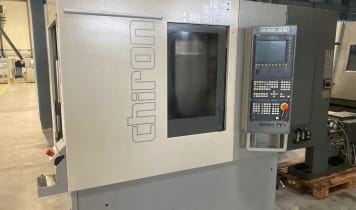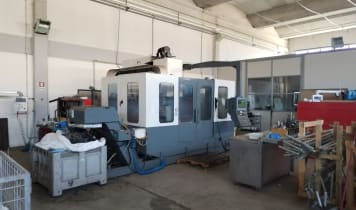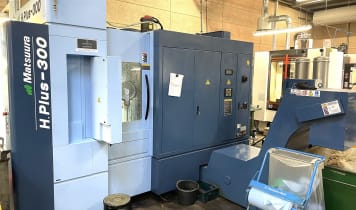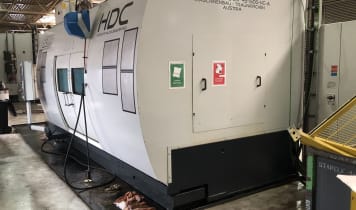A machining centre (MC for short) for metal is called a numerically controlled machine tool and is designed for processing workpieces with complex prismatic geometries using a single clamping process. Machining centres are fitted with tools for various machining processes, particularly milling and drilling. A typical feature of machining centres is the high level of automation, which includes both automatic tool changing and fully automated movement sequences.
- Processing of complex, prismatic geometries
- High level of automation
- Independent tool changing
Machining centres possess a main spindle which they automatically load from a tool magazine. It is possible to perform a numerically controlled movement between the main spindle and workpiece in a straight line on at least three CNC axes. Today, 5-axis CNC machines are used heavily in a range of locations. Rotary movement axes may also be included. CNC machining centres differ in terms of the position of the main spindle. They can come both in form of horizontal or vertical machining centres. If the machine tool can also alter the position of the main spindle, it is called a universal machining centre.
Differentiating machining centres
The key features used to differentiate machining centres are the number and type of CNC axes and tools in the magazine, the rotational speed range, cutting performance, dimensions of work routes and workpiece table and its load capacity, as well as the resolution capacity of the drives and entrance tolerance. Tool and chain magazines are used as tool storage in CNC machining centres. Star- and drum-shaped magazines are used depending on the position of the tools and it is possible for the feed direction to be parallel and perpendicular to the magazine axis. To reduce non-productive times, CNC machining centres use simple changers and double changers for modifying the tool, which can simultaneously remove a tool from the magazine and main spindle. The non-productive times for loading, unloading and clamping the workpieces can be reduced by means of pallet systems. This involves clamping the workpieces on pallets outside the work area, which are then transported independently by the machining centre. This largely enables workpieces to be changed parallel to processing procedures.
Machining centre in operation



















































